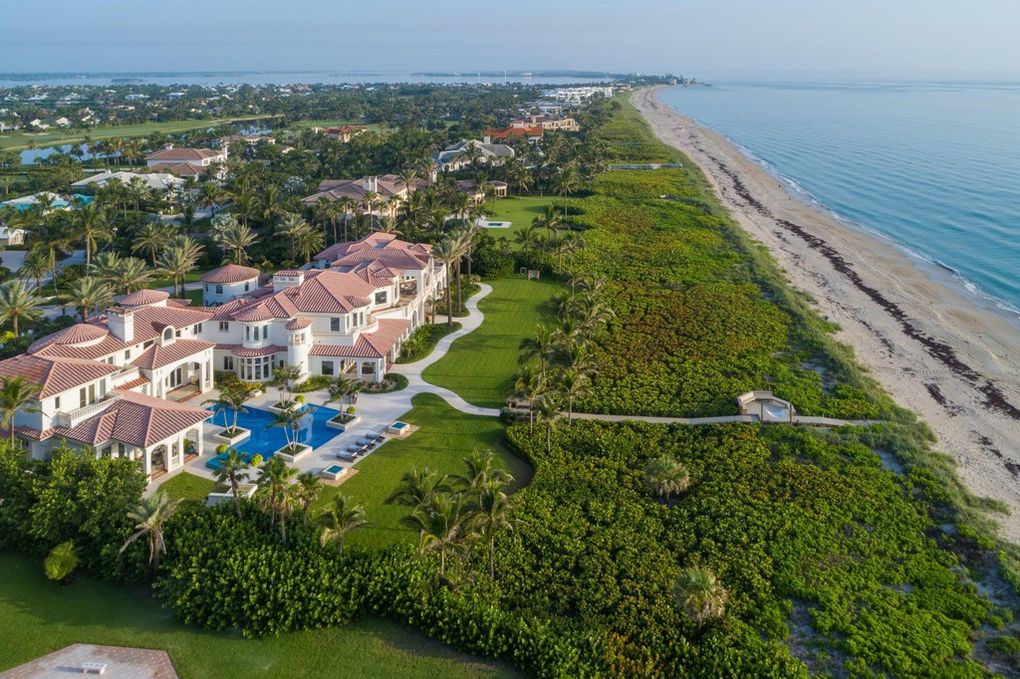Florida’s coastline is a treasure trove of natural beauty, attracting millions of visitors each year. However, with increasing development pressures, there is a growing need for eco-friendly coastal construction practices. These practices not only protect our environment but also enhance the quality of life for residents and tourists alike.

Understanding Eco-friendly Coastal Construction
Eco-friendly coastal construction refers to building practices that minimize environmental impact while preserving the natural landscape. In Florida, this means using sustainable materials, innovative designs, and techniques that protect coastal ecosystems.
Why It’s Important
With climate change and rising sea levels, it is more crucial than ever to adopt sustainable construction practices. These practices help mitigate environmental damage while ensuring that our coastlines remain beautiful and functional for future generations.
Key Elements of Eco-friendly Construction
Sustainable Materials
One of the pillars of eco-friendly construction is the use of sustainable materials. This includes recycled materials, locally sourced timber, and environmentally friendly concrete alternatives. By choosing these materials, builders can significantly reduce their carbon footprint.
Energy Efficiency
Energy-efficient designs are crucial in reducing the environmental impact of buildings. This includes the use of solar panels, energy-efficient windows, and smart home technologies that help conserve energy.
Protecting Natural Habitats
Construction projects should prioritize the protection of natural habitats. This can involve designing buildings that blend with the natural landscape, minimizing land disturbance, and preserving local wildlife habitats. Learn more about local wildlife and habitats in Florida by visiting Wildlife Preserves on the Florida Coast.
Challenges in Coastal Construction
Environmental Regulations
One of the biggest challenges is navigating the complex web of environmental regulations. Builders must comply with state and federal laws designed to protect the environment, which can be both time-consuming and costly.
Weather and Climate
Florida’s weather poses unique challenges for construction. Builders must design structures that can withstand hurricanes, floods, and rising sea levels. This requires careful planning and the use of resilient materials.
Cost Considerations
While eco-friendly construction can be more expensive upfront, it often results in long-term savings through reduced energy costs and increased property values. Explore affordable coastal living in Florida.
Innovative Solutions and Technologies
Green Roofs and Walls
Green roofs and walls are becoming increasingly popular in coastal construction. They provide insulation, reduce stormwater runoff, and create habitats for wildlife.
Advanced Water Management
Effective water management is essential in coastal areas. This includes the use of permeable pavements, rain gardens, and advanced drainage systems to manage stormwater efficiently.
Smart Building Technologies
Smart technologies are revolutionizing the construction industry. These technologies allow for better energy management, improved safety, and enhanced comfort for occupants.
Benefits of Eco-friendly Coastal Construction
Environmental Benefits
Eco-friendly construction reduces pollution, conserves natural resources, and helps combat climate change. It also protects local ecosystems and biodiversity.
Economic Benefits
Investing in sustainable construction can lead to economic benefits, including job creation, increased tourism, and higher property values. Enjoy Florida’s coast year-round with sustainable development.
Social Benefits
Communities that embrace eco-friendly construction enjoy improved quality of life, better health outcomes, and stronger community ties.
The Future of Coastal Construction
Trends to Watch
The future of coastal construction is bright, with trends such as modular building, renewable energy integration, and biophilic design gaining traction.
Policy and Advocacy
Government policies play a critical role in promoting sustainable construction. Advocates are pushing for stronger regulations and incentives for environmentally friendly building practices.
Conclusion
Eco-friendly coastal construction in Florida is not just a trend; it’s a necessity. By adopting sustainable practices, we can protect our environment, support local economies, and ensure a vibrant future for our coastlines. To learn more about the best beach towns in Florida, visit this guide.

FAQ Section
What materials are considered eco-friendly in coastal construction?
Sustainable materials include recycled materials, environmentally friendly concrete, and locally sourced timber.
How can coastal construction impact local wildlife?
Construction can disturb wildlife habitats, but eco-friendly practices aim to minimize this impact by preserving natural landscapes and using designs that blend with the environment.
Is eco-friendly construction more expensive?
While initial costs may be higher, eco-friendly construction often leads to long-term savings through reduced energy costs and increased property values.
This article contains affiliate links. We may earn a commission at no extra cost to you.

